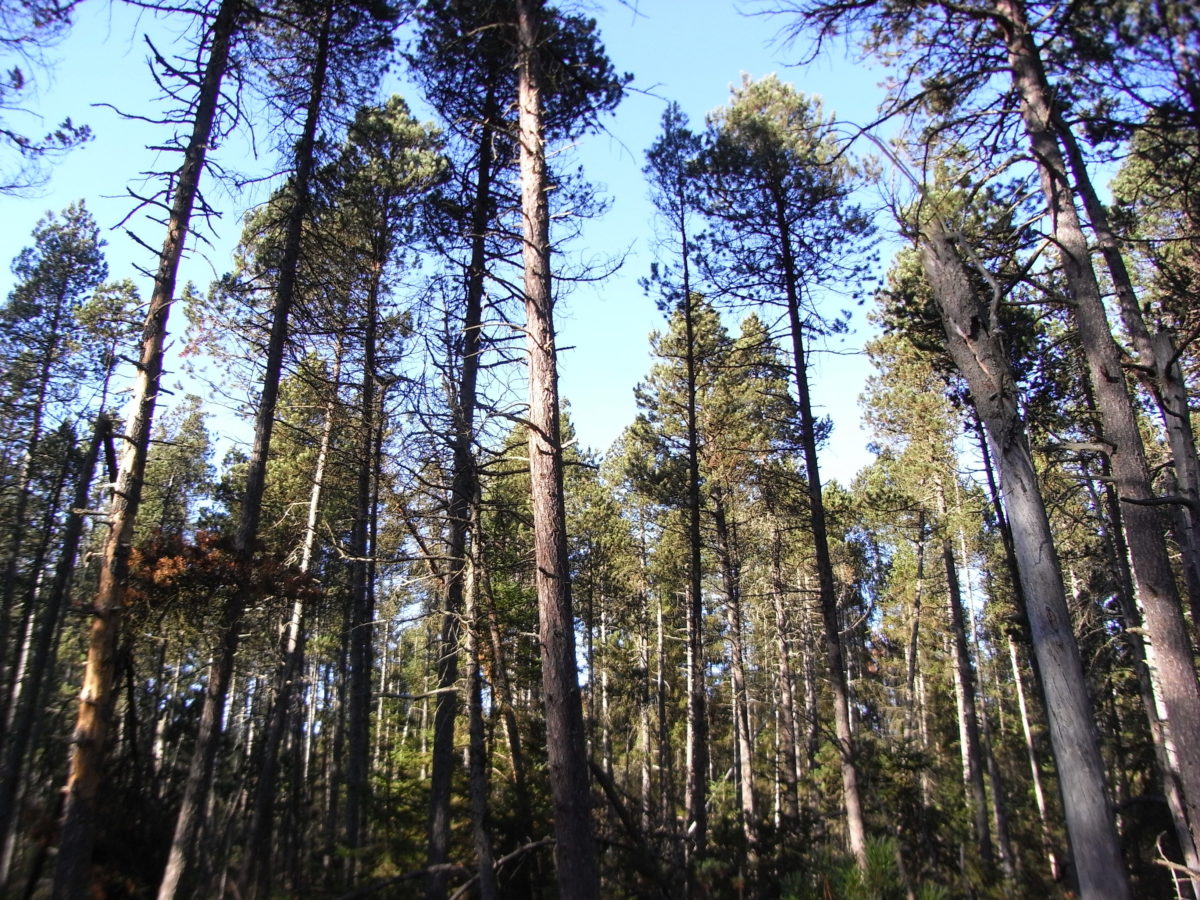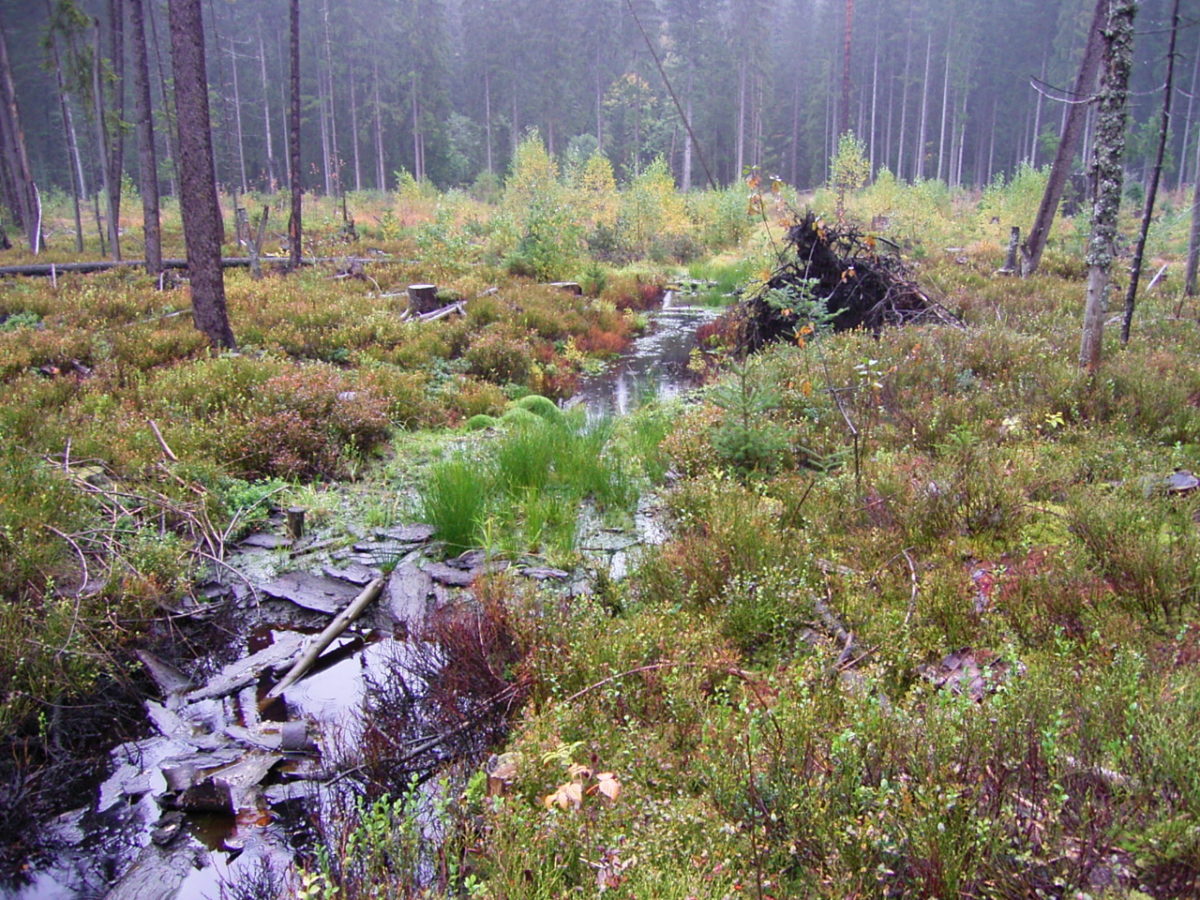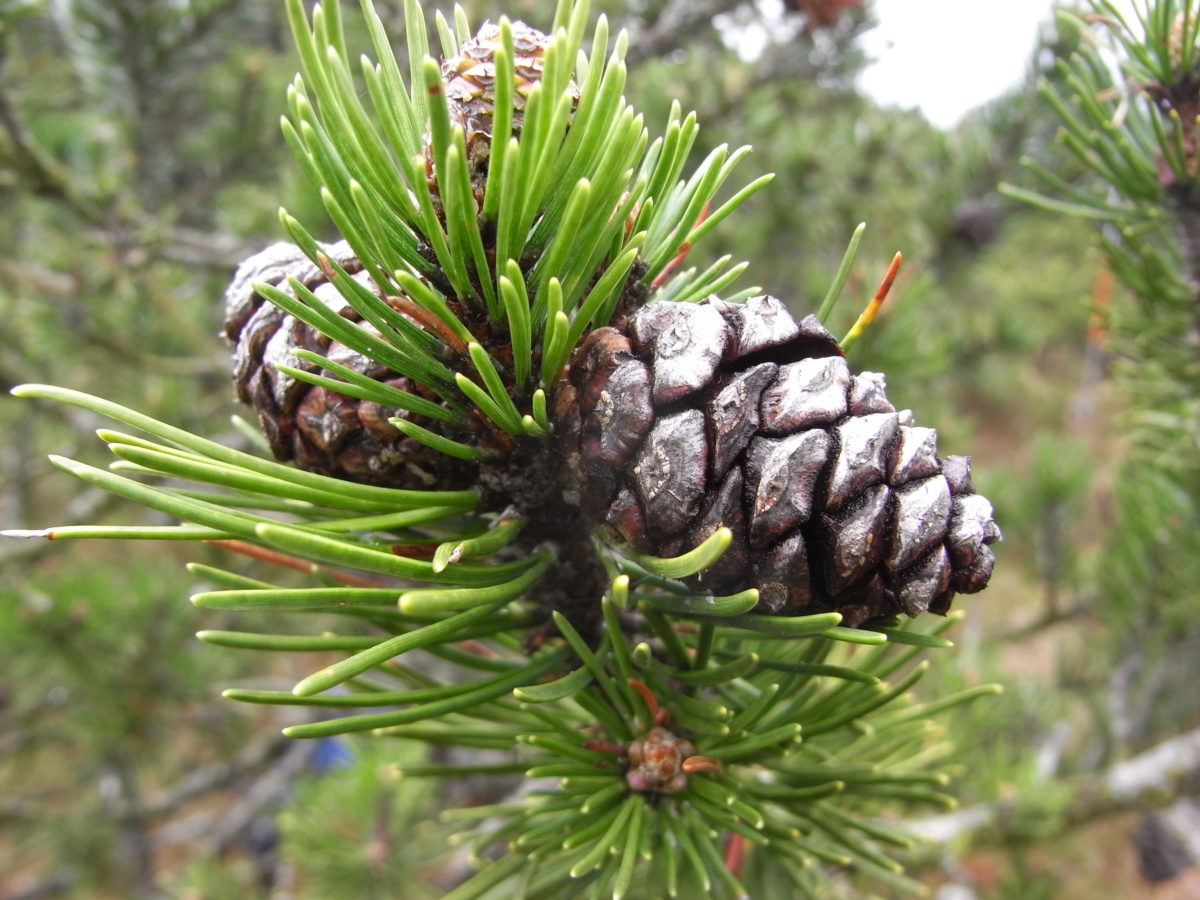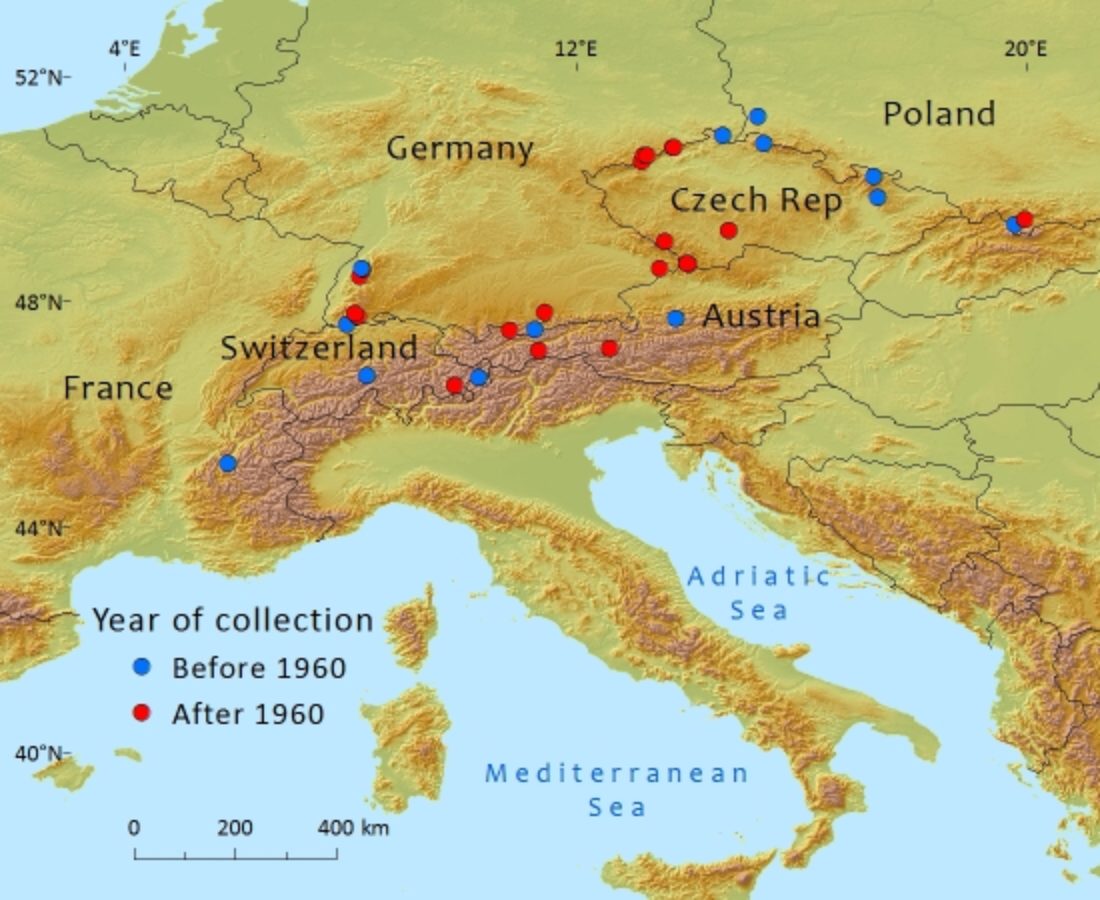Pinaceae
Pinus mugo subsp. rotundata
Native to bog systems in Central Europe where the main threats are drainage and competition from Picea abies
References and further reading
- Farjon, A. (2010). A Handbook of the World's Conifers. Koninklijke Brill, Leiden.
- Farjon, A. (2013). Pinus mugo ssp. rotundata. In: IUCN 2013. IUCN Red List of Threatened Species. Version 2013.1. <www.iucnredlist.org>. Downloaded on 13 July 2013.
- Schmidt, P.A. (2011). Pinus mugo agg. In: A. Roloff, H. Weisgerber, U.M. Lang and B. Stimm(eds), Enzyklopädie der Hölzgewächse. Handbuch und Atlas der Dendrologie. 58. Erg. Lfg. 06/11, pp. 1-32. WILEY-VCH-Verlag, Weinheim.
- Vidacović, M. (1991). Conifers; Morphology and Variation. Grafićki Zavod Hrvatske, Zagreb.







